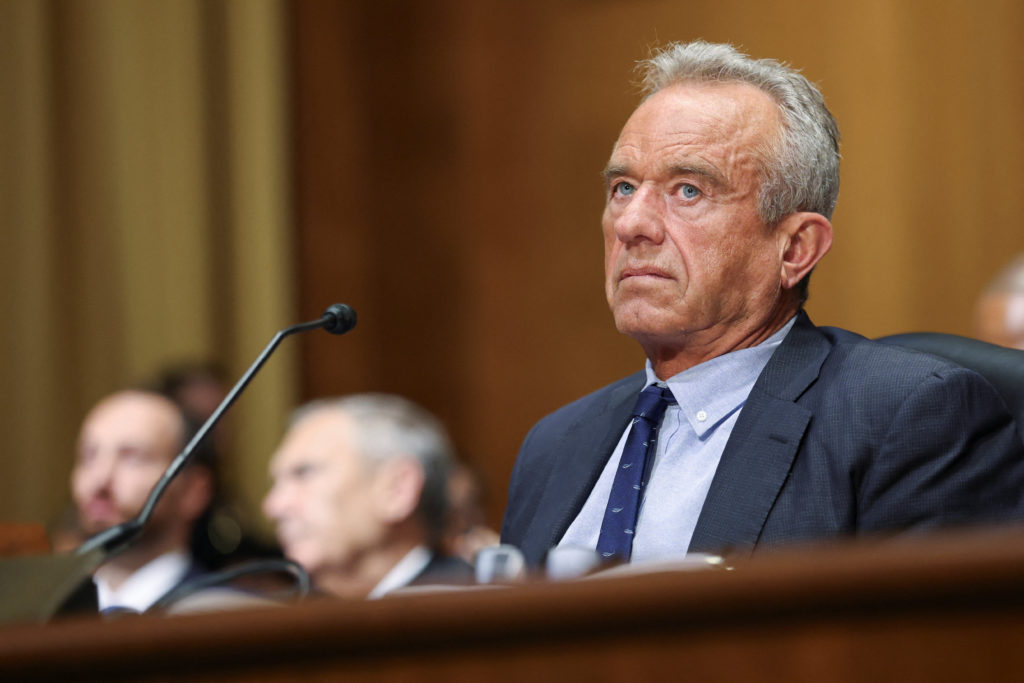Hospital in Shock: Mystery Billboard Targets Trump Over Cost-Cutting Controversy

A provocative billboard has emerged in Columbus, sponsored by the Democratic National Committee, highlighting concerns about healthcare services under the Trump administration. The billboard boldly declares that Columbus Regional Health (CRH) is reducing medical services, drawing attention to recent staffing changes.
According to official documentation, CRH has implemented significant workforce reductions this year, with approximately 50 employees being laid off. These cuts span various departments and notably include medical professionals such as doctors, raising questions about the potential impact on local healthcare accessibility and quality.
The strategically placed billboard serves as a visual critique, suggesting that recent healthcare challenges are linked to broader national policy decisions. By drawing public attention to these staffing cuts, the Democratic National Committee aims to spark dialogue about healthcare sustainability and workforce stability in the medical sector.








